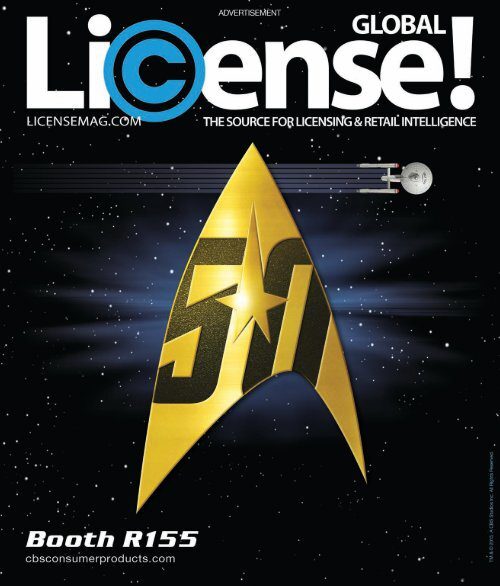Ralph Lauren and Tommy Hilfiger are two of the most recognised and successful American fashion brands in the world. Both brands are known for their preppy style, but they have some differences in their design approach, target market, and retail strategy. Ralph Lauren’s classic and timeless designs appeal to a more mature and sophisticated audience, while Tommy Hilfiger’s bold and playful designs appeal to a younger and trend-focused audience. Both brands target young, affluent consumers who value quality and style, but Ralph Lauren has a more exclusive and high-end retail strategy, while Tommy Hilfiger has a more democratic retail strategy.
Ralph Lauren vs. Tommy Hilfiger: A Battle of the Preppy Megabrands
Introduction
Ralph Lauren and Tommy Hilfiger are two of the most recognized and successful American fashion brands in the world. Both brands are known for their preppy style, and they have been competing in the market for decades. In this article, we will compare and contrast the two brands and see what sets them apart from each other.
History and Origins
Ralph Lauren was founded in 1967 by Ralph Lifshitz, who later changed his name to Ralph Lauren. The brand started as a men’s tie company and quickly expanded to include women’s clothing, accessories, and home furnishings. Ralph Lauren is known for its classic designs and the iconic Polo logo.
Tommy Hilfiger was founded in 1985 by Tommy Hilfiger, who started his career in the fashion industry as a designer for Jordache Jeans. The brand is known for its preppy style, bold colors, and nautical themes.
Design and Style
Both Ralph Lauren and Tommy Hilfiger are known for their preppy style, but they have some differences in their design approach. Ralph Lauren’s designs are more classic and timeless, with a focus on traditional fabrics like tweed, corduroy, and wool. The brand is also known for its use of the iconic Polo logo on many of its products.
Tommy Hilfiger, on the other hand, is known for its more bold and playful designs, with a focus on bright colors and nautical themes. The brand often incorporates stripes and bold patterns into their designs, and their signature red, white, and blue color scheme is instantly recognizable.
Target Market
Both Ralph Lauren and Tommy Hilfiger target a similar demographic – young, affluent consumers who value quality and style. However, they cater to slightly different audiences within that demographic.
Ralph Lauren’s target market is more mature and sophisticated, with a focus on timeless styles and luxury materials. The brand’s high-end products are often seen as status symbols, and they have a strong following among older generations.
Tommy Hilfiger’s target market is younger and more trend-focused, with a focus on bold colors and playful designs. The brand’s affordable prices and marketing campaigns featuring young celebrities have made it popular among younger generations.
Retail Presence
Both Ralph Lauren and Tommy Hilfiger have a strong presence in retail stores, with their products sold in department stores and their own flagship stores around the world. However, they have some differences in their retail strategy.
Ralph Lauren has a more exclusive and high-end retail strategy, with a focus on their own flagship stores and luxury department stores like Neiman Marcus and Bloomingdale’s. The brand has limited distribution and is often seen as a status symbol.
Tommy Hilfiger, on the other hand, has a more democratic retail strategy, with a focus on affordable prices and mass-market retailers like Macy’s and JCPenney. The brand’s products are widely available and accessible, making it popular among a wider range of consumers.
Conclusion
In conclusion, while Ralph Lauren and Tommy Hilfiger share many similarities, they have some notable differences in their history, design approach, target market, and retail strategy. Ralph Lauren’s classic and timeless designs appeal to a more mature and sophisticated audience, while Tommy Hilfiger’s bold and playful designs appeal to a younger and trend-focused audience. Regardless of these differences, both brands have become iconic symbols of American fashion and culture.
